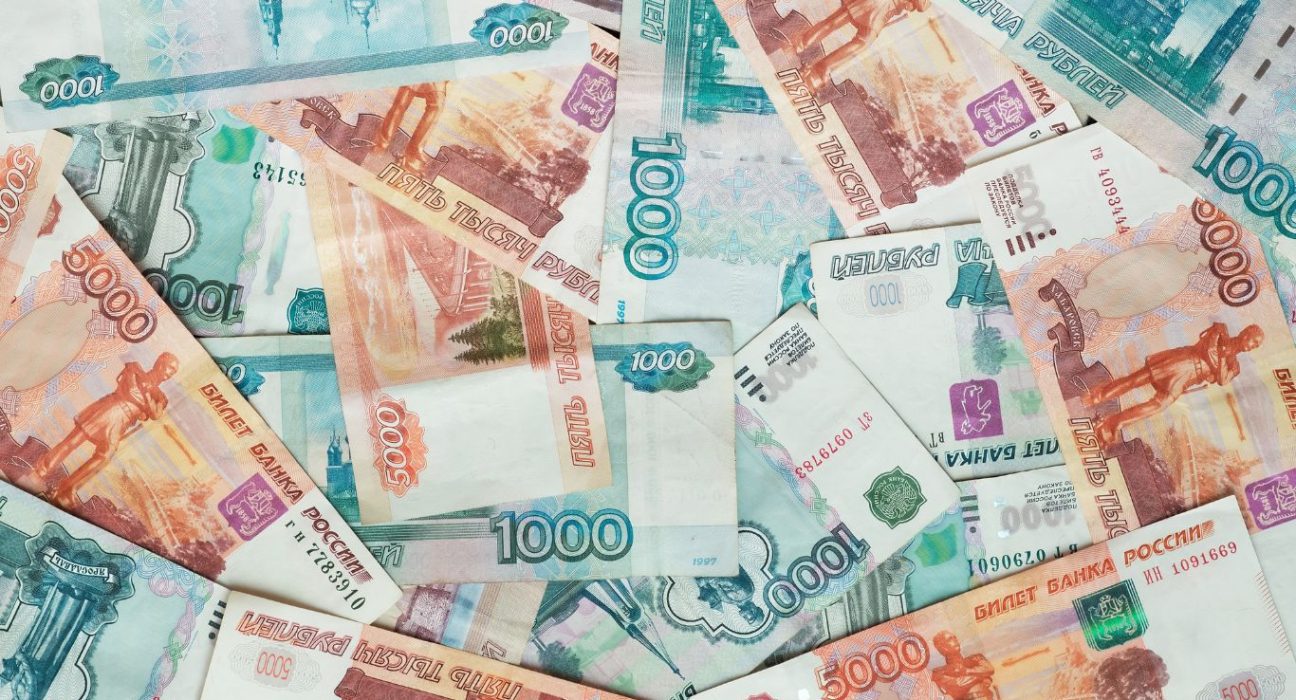The Russian rouble experienced a notable decline against the US dollar, with its value weakening by 0.8% at 88.26 by 0734 GMT. This drop follows the currency’s fall to 88.6775, marking its lowest point since March 29, 2022. The depreciation of the rouble against the dollar raises concerns about Russia’s economic stability and prompts analysis of potential factors contributing to this decline.
Economic Factors Fuel Rouble’s Decline
Several economic factors have played a role in the recent depreciation of the Russian rouble against the US dollar. One key factor is the fluctuation in global oil prices, as Russia heavily relies on oil exports for its economic growth. Oil prices have experienced volatility in recent months due to geopolitical tensions, supply disruptions, and changing market dynamics. These fluctuations can significantly impact the value of the rouble, causing it to weaken against other major currencies such as the US dollar.
Additionally, economic sanctions imposed on Russia by Western countries have put pressure on the country’s financial system. Sanctions, particularly those targeting Russian individuals and entities, limit their access to international markets and restrict foreign investments. As a result, the Russian economy faces challenges in attracting foreign capital, leading to a weakened rouble.
Geopolitical Developments Add to Rouble’s Vulnerability
Geopolitical developments also contribute to the vulnerability of the Russian rouble. Tensions between Russia and Western nations, including trade disputes, political disagreements, and military conflicts, can impact investor confidence and foreign exchange rates. Investors often perceive geopolitical instability as a risk, leading to a decline in demand for the currency and subsequent depreciation.
Moreover, Russia’s relationship with the United States has a significant influence on the value of the rouble. Changes in US foreign policy, such as sanctions or trade restrictions, can directly affect the Russian currency. The ongoing geopolitical dynamics between the two nations, combined with the potential for further sanctions, create uncertainty in the market and contribute to the depreciation of the rouble against the US dollar.
Implications of Rouble Depreciation on the Russian Economy
The depreciation of the rouble against the US dollar carries several implications for the Russian economy. Firstly, it affects the cost of imports, making imported goods more expensive for Russian consumers. This can lead to a rise in inflation and put pressure on household budgets, potentially impacting domestic consumption.
Additionally, the weakened rouble can benefit certain sectors of the Russian economy. Industries such as manufacturing and agriculture, which rely on exports, may experience increased competitiveness as their products become relatively cheaper in international markets. However, this advantage is contingent upon stable global demand and may not fully offset the negative consequences of a weak currency.
The depreciation of the rouble can also impact foreign investors. While a weaker currency may attract foreign investments in some sectors, it can also raise concerns about the overall stability of the Russian economy. Investors may become more cautious and hesitant to allocate their capital, potentially leading to reduced foreign direct investment (FDI) inflows.
Outlook and Future Considerations
The future trajectory of the Russian rouble depends on a range of factors, including global oil prices, geopolitical developments, and economic policies implemented by the Russian government. The resolution of geopolitical tensions and the easing of economic sanctions can have a positive impact on the currency’s value. Conversely, further escalation of conflicts or increased sanctions could exacerbate the depreciation of the rouble.
In response to the rouble’s decline, the Russian central bank may implement monetary policies aimed at stabilizing the currency. These measures could include interest rate adjustments, foreign exchange interventions, or other measures to support the rouble’s value. However, the effectiveness of such policies depends on various internal and external factors, and their success in restoring confidence in the currency remains uncertain.
In conclusion, the recent depreciation of the Russian rouble against the US dollar, reaching its lowest level in over a year, raises concerns about Russia’s economic stability. Fluctuations in global oil prices, economic sanctions, and geopolitical developments are key factors contributing to the rouble’s decline. The implications of this depreciation on the Russian economy encompass impacts on imports, export competitiveness, and foreign investment. The future of the rouble depends on several factors, emphasizing the need for stability in oil markets, a favorable geopolitical climate, and effective economic policies.










